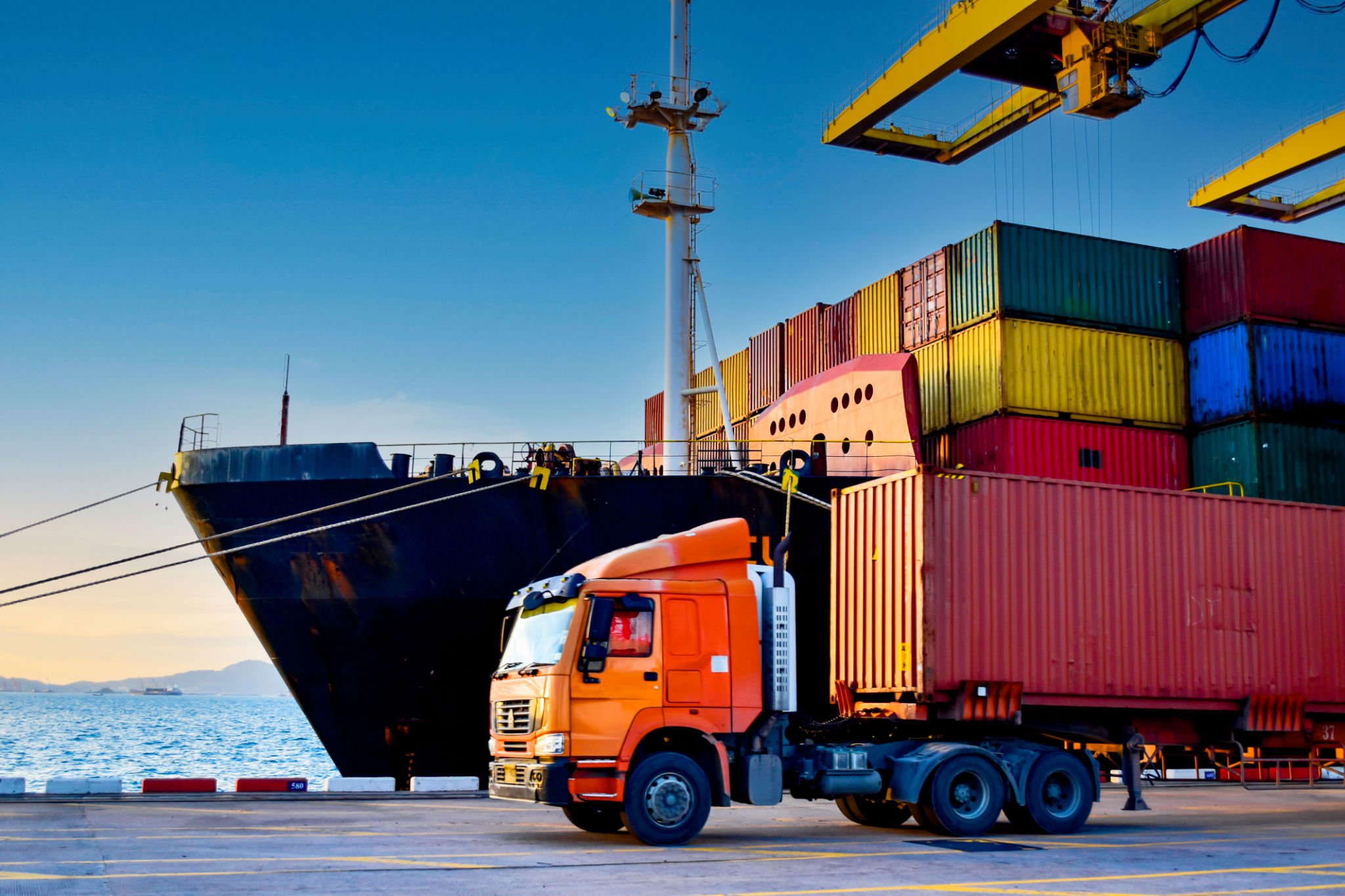Understanding Freight Regulations in the United States: A Comprehensive Overview
Introduction to Freight Regulations
In the vast landscape of logistics and transportation within the United States, understanding freight regulations is crucial for businesses seeking to ensure compliance and efficiency. These regulations are in place to maintain safety, protect the environment, and ensure fair competition. Whether you are a logistics manager, a truck driver, or a business owner, understanding these rules can significantly impact your operations.

The Role of Federal Agencies
The Federal Motor Carrier Safety Administration (FMCSA) is one of the primary bodies responsible for enforcing freight regulations. Their role is to ensure that commercial vehicles operate safely on highways. This includes setting standards for vehicle maintenance, driver qualifications, and hours of service. Another key agency is the Department of Transportation (DOT), which oversees broader transportation policies, including freight.
Compliance with FMCSA and DOT regulations is mandatory for all freight operators. Violations can result in hefty fines, suspension of operating licenses, or legal action. Therefore, it's essential for businesses to stay updated with the latest regulatory changes and requirements.
Key Regulations to Know
Several critical regulations govern freight operations in the U.S.:
- Hours of Service (HOS) - This regulation limits the number of hours a driver can be on the road to prevent fatigue-related accidents.
- Electronic Logging Devices (ELDs) - ELDs are required to record driving hours digitally, ensuring compliance with HOS rules.
- Weight Limits - There are specific weight restrictions for trucks to prevent road damage and ensure safety.

Environmental Considerations
Environmental regulations also play a significant role in freight transportation. The Environmental Protection Agency (EPA) sets standards for emissions from heavy-duty vehicles to reduce pollution. Compliance with these standards is crucial not only for legal reasons but also for businesses aiming to promote sustainability.
Businesses can adopt cleaner technologies and alternative fuels to meet these environmental standards. This shift not only helps in compliance but can also enhance a company's public image as an environmentally responsible entity.
State-Specific Regulations
While federal regulations provide a broad framework, individual states may have additional rules that affect freight operations. These can include state-specific permits, taxes, and infrastructure requirements. For instance, California has stricter emission standards compared to other states.

Staying informed about these state-specific regulations is vital for businesses operating across state lines. It ensures smooth operations and avoids unexpected penalties or delays.
Navigating Compliance Challenges
Compliance with freight regulations can be challenging due to their complexity and constant updates. Partnering with compliance specialists or using advanced software solutions can help businesses stay on track. These tools can monitor regulatory changes, manage documentation, and streamline reporting processes.
Regular training and education for employees involved in logistics and transportation are also essential. This ensures that everyone is aware of current regulations and understands their role in maintaining compliance.
The Future of Freight Regulations
As technology advances, freight regulations will continue to evolve. Automation, electric vehicles, and smart logistics solutions are likely to drive future regulatory changes. Staying ahead of these trends will be crucial for businesses looking to maintain compliance and leverage new opportunities in the freight industry.

By understanding and adhering to freight regulations, businesses can enhance safety, reduce environmental impact, and improve operational efficiency. A proactive approach to compliance not only mitigates risks but also positions companies as leaders in responsible freight management.
